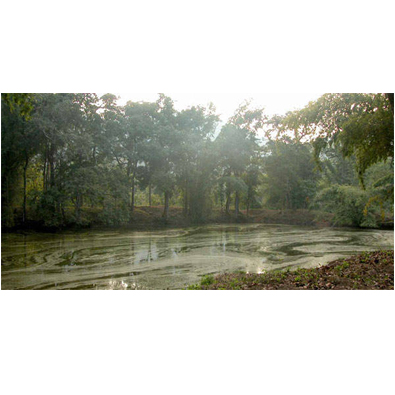
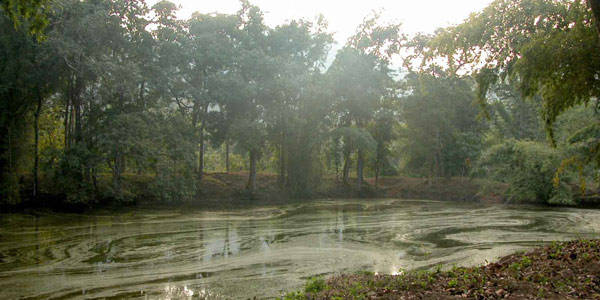
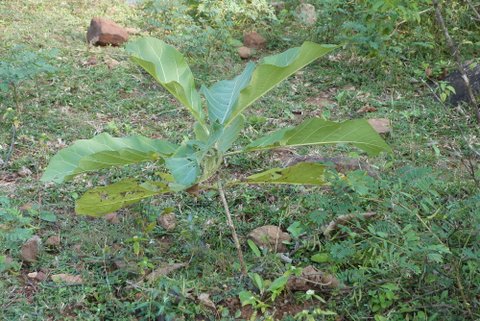
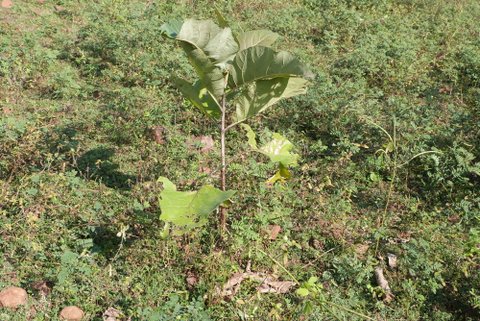
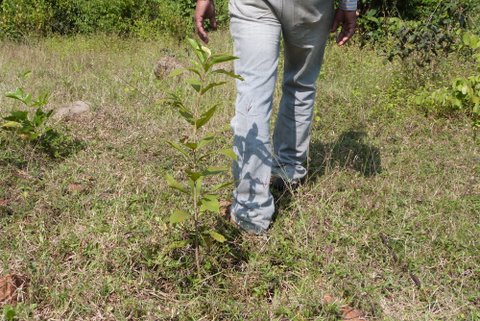

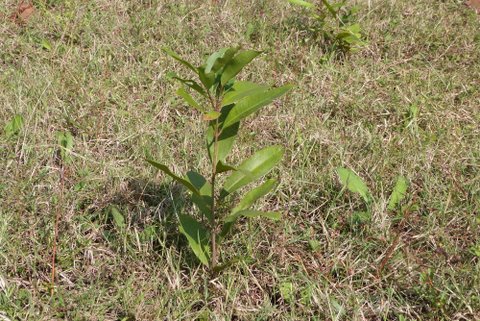
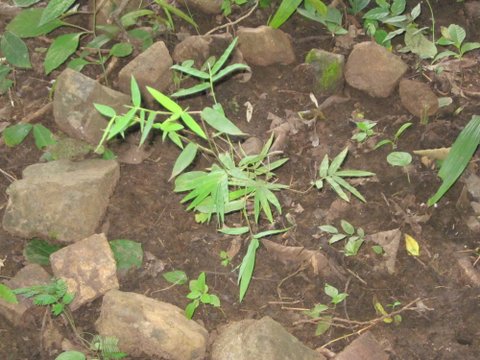
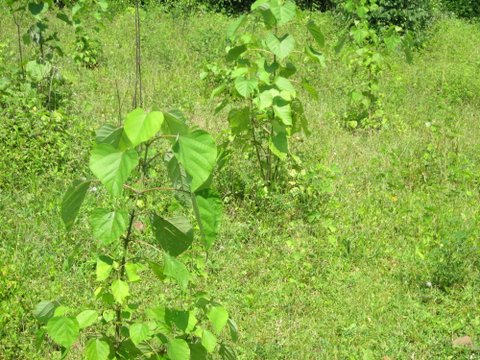
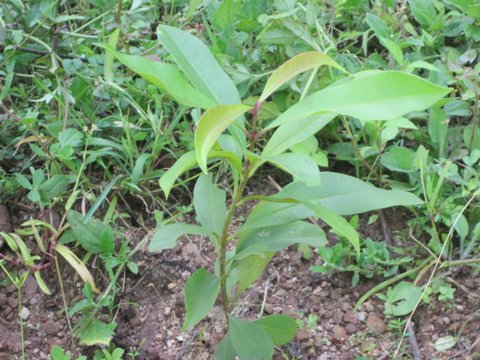

Project Target
0% Remaining
30,000
Trees Planted out of 30,000 Trees

Project Location:
Plantation of 30,000 trees at the Periphery of Satkosia Gorge Wildlife Sanctuary, Angul, Odisha, India
Project Aim
The World Bank emphasises the need for wildlife and biodiversity conservation and eradication of poverty for millions depending on nature for their sustenance. The National Centre for Biotechnology Information in their paper Role of Habitat Conservation and Recovery Planning specifies that 90% of habitat loss results in 30-60% loss in species dependent on the habitat(Groombridge, 1992). A species is dependent on its habitat for food, shelter, safety and reproduction and thus is indispensable for the survival of the particular species(WWF).
A. Mishra and M. C. Dash in their article Desertification around Hirakud reservoir attribute the reduction in storage capacity of the Hirakud reservoir to deforestation in the catchment area and recommends preservation of the surrounding forests for checking the crisis.
Trees form an integral part of wildlife conservation activities, along with their contribution to soil conservation, disaster mitigation, carbon sequestration, groundwater preservation and regulation of rainfall.
The animals found here include the tiger, leopard, jungle cat, civet, small Indian mongoose, wolf, jackal, stripped hyena, wild dog, elephant, common langur, sloth bear, sambar, chital, chausingha, mouse deer, barking deer, wild pig, etc.
Dhauranjo (Holoptelea integrifolia), Bamboo (Bambusa vulgaris), Gambhari (Gmelina arborea), Amla (Phyllanthus emblica), Khaira (Senegalia catechu), Karanja (Millettia pinnata), Siris (Albizia lebbeck), Sisoo (Dalbergia sissoo), Jamun (Syzygium cumini), Bahada (Terminalia bellirica), Indrabati (Dendrocnide peltata), Mahagony (Swietenia macrophylla) And Rakta Chandan (Pterocarpus santalinus)
The plantation at the periphery of the reserve not only increases the forest area, ensuring safe habitats for animals but also provides livelihoods for forest-dwelling communities. In the process, the interaction between the animals and human communities is minimized, thus reducing man-animal conflict.
Odisha Forest Department Corporation Ltd. cites the various important forest products like fruits, seeds, kendu leaves, honey, resin, glue, lac, edible flowers, medicine, building materials that are collected from the forests and act as main sources of income for the people of the neighboring area. Kenneth Anderson Nature Society (KANS), Bangalore, mentions the importance of afforestation in the conservation of wildlife. The inclusion of local communities will incite awareness about the importance of wildlife conservation for their sustainable development and thus they will be inclined to protect the natural wealth of their country. (L.M. Campbell, Human need in rural developing areas: perception of wildlife conservation experts).
Social Impact of Growing Trees
Community Engagement
Tree planting initiatives often involve local communities, which can lead to greater community cohesion.
Ecological Education
Provides opportunities for community members, especially children, about the importance of environmental sustainability.
Urban Beautification
Trees contribute to the aesthetic enhancement of urban areas, making cities more pleasant and liveable.
Climate Resilience
By improving green cover, tree planting helps make communities more resilient against climate impacts like heatwaves.
Employment Creation
Planting trees creates employment for local community members like planting and maintenance, administrative roles, and more long-term jobs in management.
Wildlife Habitat
Trees provide critical habitats for various species of wildlife. Enhancing tree cover helps preserve biodiversity, which can be an ecological boon for local communities
Copyrights @ 2025 All rights reserved by Pangea EcoNetAssets Pvt Ltd.